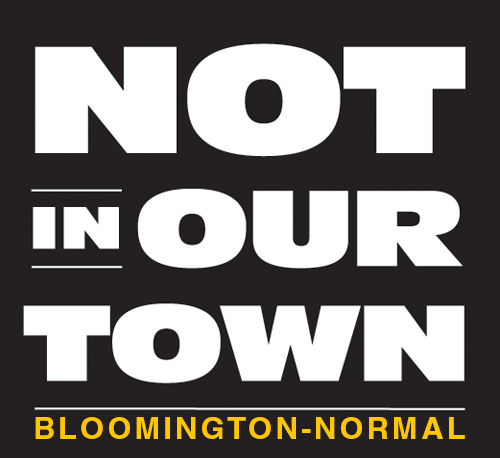Nationally, African-Americans make up 11 percent, and Latinos make up 9 percent of police agencies in communities with more than 250,000 residents. How do the Twin Cities and McLean County fare?
The Bloomington Police Department is ramping up efforts to add diversity in new officers. Here's a breakdown of the number of minorities, women, and white officers employed with local law enforcement agencies, compiled by The Pantagraph:
• Among Normal Police Department's 83 officers, there are two African-American officers, one Hispanic female and one Asian male. Seventy officers (84 percent) are white males and nine (11 percent) are white females. (The NPD currently is over its full complement of 81 officers because several are about to retire).
• Bloomington Police's full complement is 128 officers, but four have not been replaced. The 124 officers include four (3.2 percent) male Latinos and two (1.6 percent) African-American male officers, including Chief Brendan Heffner. A third African-American officer recently retired after 30 years. There are 115 (92.7 percent) white male and three (2.4 percent) white female officers.
• None of McLean County sheriff's patrol deputies are minorities. The department has 53 officer positions, but only 44 are filled: 43 are white males; there is one white female.
• Illinois State University's Police Department has 27 officers. Three (11 percent) are African-American males, 18 (67 percent) are white males and six (22 percent) are white females.
Demographically, McLean County is 80.5 percent white; 7.7 percent African-American, 5.2 percent Asian, 4.7 percent Hispanic or Latino and 51.2 percent female, according to 2013 U.S. Census Bureau data.
Other area police departments have a similar shortage of minority officers.
Of the Champaign Police Department's 123 officers, 99 (80.5 percent) are white males, 10 (8 percent) are white females, three (2.4 percent) are Hispanic males, one is an Hispanic female, two (or 1.6 percent) are Asian males and eight (6.5 percent), including Chief Anthony Cobb, are African-American males.
Of the 241 Springfield police officers, 195 (81 percent are white males; 11 (4.6 percent) are African-American males; five (2 percent) are Hispanic males; and two are Asian males. Springfield also has 28 (11.6 percent) white female officers.
To explore opportunities in local law enforcement, visit the Bloomington Police recruitment page at http://www.cityblm.org/index.aspx?recordid=2&page=201.





